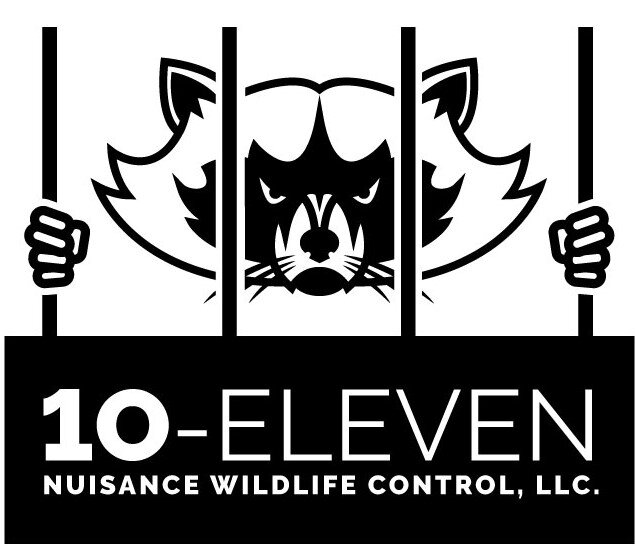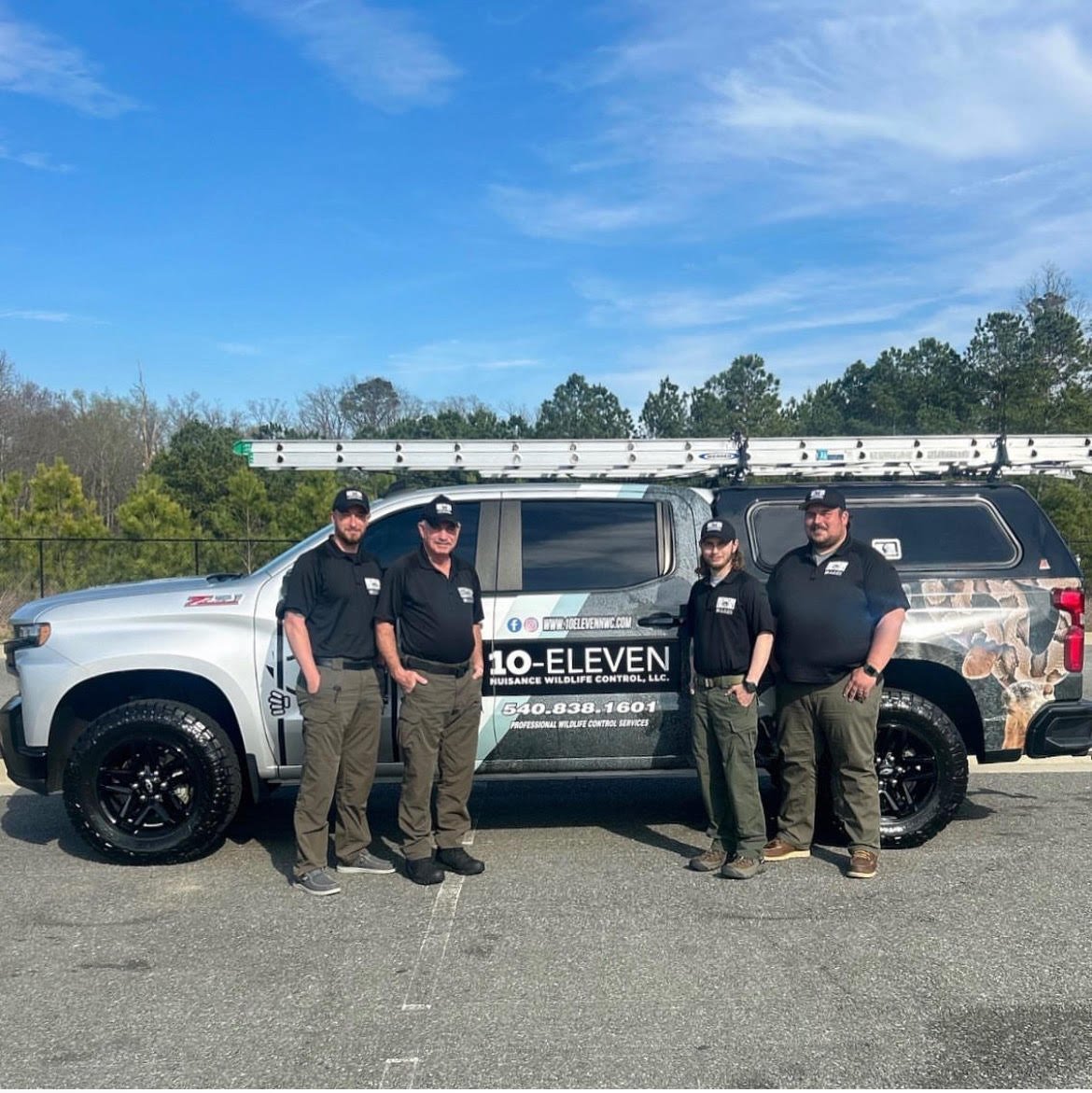
SNAKES
About Snakes
Snakes are long, legless reptiles in the suborder Serpentes. They live on every continent except Antarctica and can be found in many habitats like forests, grasslands, deserts, and water. Snakes have flexible bodies that allow them to move in different ways, such as slithering and concertina movement. Their skulls are structured to eat prey much larger than their heads due to their flexible jaws. Most snakes eat small mammals, birds, amphibians, or other reptiles.
Snakes come in various skin colors and patterns that help them hide from predators, attract mates, or warn others. They have special organs, like the Jacobson's organ, to help them sense chemicals in their environment. They can be solitary or gather during mating seasons and are cold-blooded, relying on outside heat to control their body temperature. While many snakes are non-venomous and safe for humans, some can be dangerous, highlighting the need for caution around them. Snakes are important for their ecosystems as both predators and prey, helping maintain balance in their habitats. Learning about them can promote understanding and appreciation for these often-misunderstood animals.
Snakes Found in Virginia include:
Eastern Garter Snake (non-venomous) Typically green, brown, or black with lighter stripes. Found in gardens, fields, and forests.
Black Rat Snake (non-venomous) Typically black with a lighter underbelly; may appear gray as well. Prefers wooded areas and is often found in trees.
Corn Snake (non-venomous) Reddish-orange with black and white markings. Commonly found in agricultural areas and open woodlands.
Eastern Copperhead (venomous) Brownish with hourglass-shaped darker bands. Prefers wooded areas, rocky hillsides, and wetlands.
Eastern Diamondback Rattlesnake (venomous) Brown or gray with dark diamond patterns. Typically found in coastal regions and pine forests.
Cottonmouth (Water Moccasin) (venomous) Dark, often with a lighter pattern; known for its distinctive white mouth. Primarily located in wetlands, swamps, and along rivers.
Why are Snakes a Nuisance Animal?
Snakes are often considered a nuisance animal for several reasons.
Fear and Anxiety: Many people have a natural fear of snakes, which can lead to anxiety when encountering them. This fear can be heightened in residential areas, particularly if a snake is spotted near homes, playgrounds, or yards.
Potential for Bites: While most snakes are non-venomous and pose little threat to humans, some species are venomous and can deliver harmful bites. Even non-venomous snakes can bite when threatened, leading to concern about safety, especially for children and pets.
Impact on Pets: Snakes may pose a threat to small pets such as cats and dogs. A snake encounter can result in harm or even death, depending on the species and size of the snake.
Property Damage: Snakes can sometimes invade homes or buildings in search of food (such as rodents) or shelter. This can lead to structural damage or the need for costly pest control measures.
Fear of Disease: While snakes are not commonly associated with diseases that affect humans, their presence can still evoke concerns about health risks, particularly when they inhabit areas close to food sources or living spaces.
Ecosystem Imbalance: An overpopulation of snakes in a specific area can disrupt local ecosystems, potentially leading to imbalances with other wildlife populations.
How can 10-Eleven Nuisance Wildlife Control solve my Snake problem?
We handle snakes through a combination of assessment, removal, and prevention strategies.
Assessment: The process begins with a thorough inspection of the property to identify the type of snake, the extent of the infestation, and any potential entry points. This is crucial for determining the best course of action.
Removal: If a snake is found, we typically use specialized equipment such as snake tongs or hooks for safe capture. We prioritize humane methods, opting to relocate the snake to a suitable habitat away from residential areas.
Prevention: After removal, we can provide recommendations to reduce future snake encounters. This may include sealing entry points, reducing clutter around the home, maintaining landscaping, and controlling rodent populations, which attract snakes.
Education: We can help educate you about local snake species and safe practices to avoid encounters, fostering a better understanding of these animals and their role in the ecosystem.
Got Snakes?
Contact 10-Eleven Nuisance Wildlife today!











